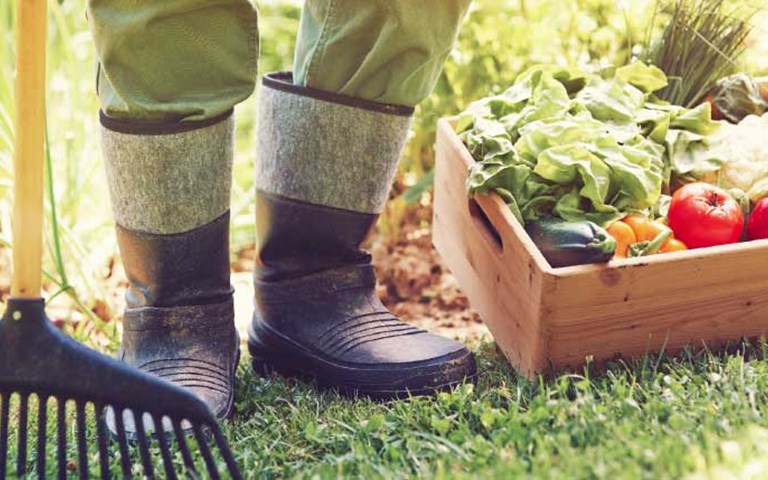Spring is quickly approaching, and you might already be dreaming of fresh vegetables and herbs that come with the transition into the warmer months of the year. That’s also the case for many farm-to-table restaurants that will soon be transitioning from root vegetables to the best spring has to offer.
But what if you could get that farm-to-table freshness in your own home? A kitchen garden in your backyard might be the perfect solution. Here are some tips to get you started.
Location. Location. Location.
The perfect location isn’t just for real estate anymore. Your kitchen garden needs to be in the right spot so that your vegetables and herbs can grow. Here are a few things to keep in mind:
- Sunshine: Pick a place that gets at least six to eight hours of sun per day. If that’s not available, look for plants that can survive with partial shade.
- Wind: Look for a location that won’t be exposed to the wind. Protect it with a windbreak like a hedge, fence, wall or another barrier.
- Water: Is your location reachable with a hose, watering can, irrigation or sprinklers? Access to water is key!
- Soil: Ensure you have the ideal garden soil that is loamy and rich in organic matter (think compost or peat moss) and drains efficiently, not too slow or fast. If that’s not your soil right now, amend it with the good stuff to ensure growth in the future.
Size and Style
With your first garden it’s best to start small. A 16-foot by 10-foot patch is a great place to start. If your green thumb takes off, you can always add on later!
What Will You Grow?
The best place to start is to think of what you and your family love to eat. If you don’t eat tomatoes, it’s best not to plant them in the garden unless you want to learn to like them!
Keep it Simple!
Reach out to your local cooperative extensive service to find the plants that are the friendliest for local weather and soil. But, in general, these plants tend to be beginner-friendly:
What Do You Need?
Check seed packets or plant tags to see how much space is needed for each plant to grow and buy appropriately for the room you have. Finally, also ensure you know how much each plant will yield to make sure you don’t have enough veggies to feed an army when you need to feed just two people.
When Can You Pick?
Understand the harvest timeline for each of your plants. If you plan correctly, you can have fresh food from your garden all year-round!
Hopefully you’re ready to pull out the garden soil and get planting. With just a little work and some fun in the garden you’ll be eating your own fresh food in no time!
-jpg.jpeg?width=202&name=2021%20Logo%20AHP-2A%20Color%20(002)-jpg.jpeg)












